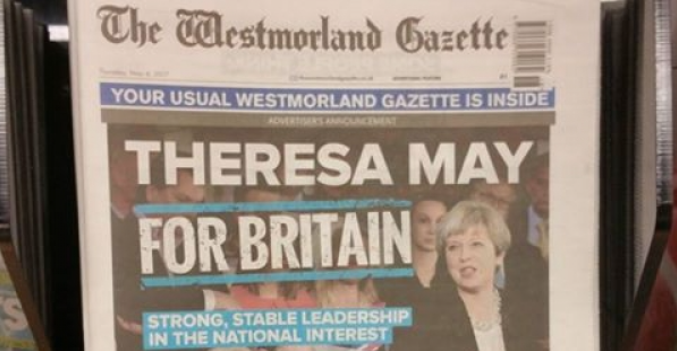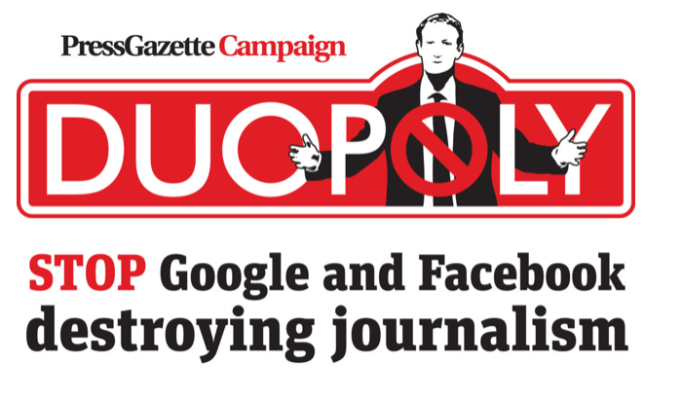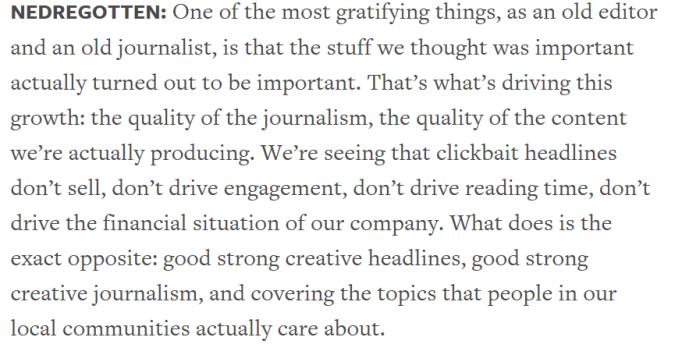The sight of pizza always cheers me up.
But a picture of our favourite Italian food gave me particular joy this week.
The @BostonGlobe sent us pizza to keep us going. Thanks friends. pic.twitter.com/kVH0TXddz9
— Manchester News MEN (@MENnewsdesk) May 24, 2017
The symbolism behind the delivery of the food to the Manchester Evening News is – to me, at least – profoundly touching.
The pizzas were ordered by journalists more than 3,000 miles away, in the American city of Boston.
Four years ago, those journalists at the Boston Globe were in the same situation as their British counterparts, covering an unspeakable terrorism outrage at the heart of their community.
Like Press Gazette editor Dominic Ponsford, I have been hugely impressed by the MEN’s coverage of its biggest story for a generation.
Full of admiration for @MENnewsdesk coverage. Responsible, authoritative, sensitive -regional journalism at its besthttps://t.co/DJXLsbV98P
— Paul Wiltshire (@Paulwiltshire) May 23, 2017
With a fundraising appeal which has raised more than £1.3 million for the victims’ families, superb writing by the peerless Jen Williams, sensitivity manifested in the decision not to use pictures of evidence at the scene, and finely-judged comprehensive coverage, it’s no surprise that we both used the same phrase: regional journalism at its best.
My portrait of a city in mourning, but defiant https://t.co/gGEER1gzi1
— Jennifer Williams (@JenWilliamsMEN) May 24, 2017
The Manchester atrocity has revived some fascinating debates.
The ethics of death-knocks – whether literal or via social media – have also been examined by Dom Ponsford, who defends their use.
A thread started by someone who had a particularly horrible time at the hands of the media four years ago has also been widely shared.
When I was caught up in a terrorist incident 4yrs ago, the behaviour of UK media made the trauma much worse. They don’t seem to have changed
— Em (@DrEm_79) May 23, 2017
The handling of tragedy and trauma is, to me, one of the things that set the regional and national media apart.
The staff at the MEN will have to look into the eyes of the people – or the families of the people – they write about in a way that their national colleagues will never have to. It’s an accountability that can only make them be at their very best.
They’re also demonstrating the incredible role of the regional media – and I include local radio and TV in this, too – in binding communities together.
Their reporting has underlined the importance of remembering those who lost their lives in the attack as people – people who shouldn’t be defined by their victimhood, as well as reflecting astoundingly uplifting heroism and generosity.
I’d like to see IPSO taking a more proactive role in rare multiple-death tragedies like this.
And I understand that even the most sensitive note pushed through a letterbox can feel like salt in an open wound to some families.
But I agree with Dom that contacting bereaved families should never be off-limits, although I’ve blogged about how to soften the blow of such approaches and coverage.
It’s about professionalism and sincerely being sensitive. Sometimes they’re grateful you came, sometimes they’re not – and that’s OK. https://t.co/Emviv1wlsm
— Amita Joshi (@amitacjoshi) May 25, 2017
It is about what Amita says. But it’s also about listening to your conscience.
The coverage has also reignited the debate about whether blanket coverage of terrorism incidents actually plays into the attackers’ hands.
It’s a debate started by Simon Jenkins in the wake of the Westminster Bridge attack earlier this year.
And it’s taken up in this piece on Poynter, which – despite its cack-handed headline – includes some interesting suggestions for tweaking coverage.
In the end there are no easy answers to getting the balance right between reporting on an extraordinary event and intensifying the suffering of people who have suffered enough.
But the way that the Manchester Evening News has risen to the challenge of covering death on its doorstep isn’t a bad place to start.







